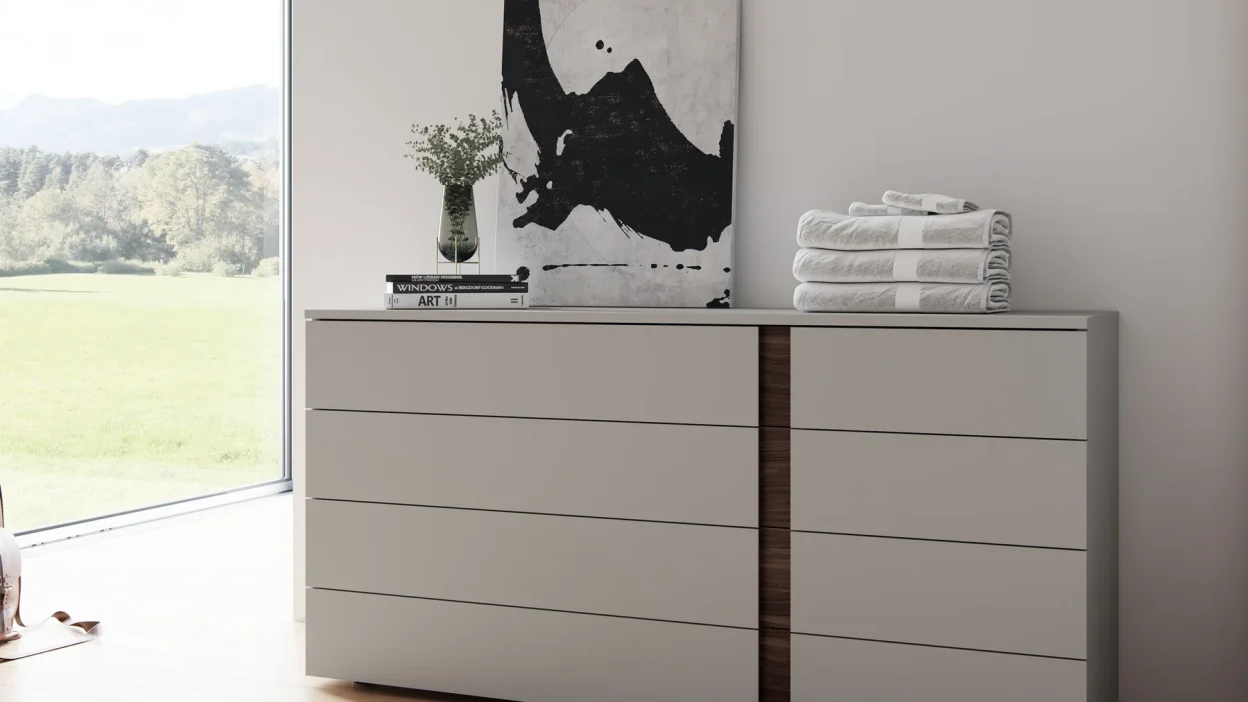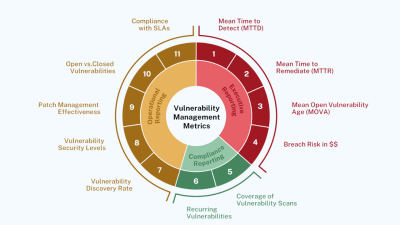In a world where notifications constantly demand our attention, many of us are rediscovering an essential truth: genuine human connection requires presence. Digital detox gatherings—intentional meetups where participants set aside their devices—are emerging as powerful catalysts for deeper relationships.
Why We Need to Disconnect
The average American checks their phone 96 times daily—approximately once every 10 minutes. This constant digital engagement comes at a cost that’s increasingly apparent in our relationships.
When we’re perpetually available to everyone in our digital sphere, we’re rarely fully present with those physically beside us. Eye contact diminishes. Conversations become fragmented. The subtle emotional cues that build intimacy go unnoticed.
At BuildBonding.com, we’ve observed that many relationship struggles stem not from major conflicts but from this gradual erosion of attention and presence.
What Happens When We Put Phones Away
Digital detox gatherings create remarkable transformations in social dynamics, often within minutes. When devices are deliberately set aside, people undergo subtle but significant shifts:
Conversations deepen beyond surface-level exchanges. Without the option to google information or check social media during lulls, participants navigate through conversational awkwardness to discover more meaningful territory.
Physical awareness heightens. People notice facial expressions, posture changes, and subtle emotional signals they might otherwise miss while screen-divided.
Time perception changes. Without clock-watching or notification interruptions, gatherings often develop their natural rhythm—sometimes extending hours beyond what participants initially planned.
How to Host Your Own Digital Detox Gathering
Creating device-free social experiences doesn’t require elaborate planning. Consider these approachable starting points:
Begin with a clear invitation that sets expectations. Communicate the device-free nature of the gathering upfront, explaining the purpose is deepening connection rather than imposing arbitrary rules.
Create a dedicated device “parking spot”—a basket or drawer where phones rest during the gathering. This physical separation helps reduce the automatic reaching behavior many of us have developed.
Prepare simple conversation starters for moments when the absence of digital distraction feels uncomfortable. Questions that invite storytelling work particularly well in these contexts.
Beyond One-Time Events
The most compelling aspect of digital detox gatherings isn’t what happens during the event but what carries forward afterward. Participants frequently report increased awareness of their digital habits and more intentional choices about device use in daily life.
Many find that even brief experiences of undivided attention create a standard that influences their ongoing relationships. Having tasted genuine connection, they become less willing to settle for its fragmented alternative.
The Balancing Act
Digital detox gatherings aren’t about rejecting technology altogether. They’re about reclaiming our agency in how we engage with our devices and each other.
The goal isn’t permanent disconnection but rather more conscious connection—creating spaces where we temporarily set aside our devices to remember what it feels like to be fully present with one another.
In our increasingly mediated world, these intentional gatherings offer something increasingly precious: the experience of being seen, heard, and valued without digital distraction.
As we navigate the complex relationship between technology and human connection, perhaps the most valuable insight is this: our capacity for meaningful relationships doesn’t diminish with technology use, but it does require us to intentionally create spaces where deeper connection remains possible.





